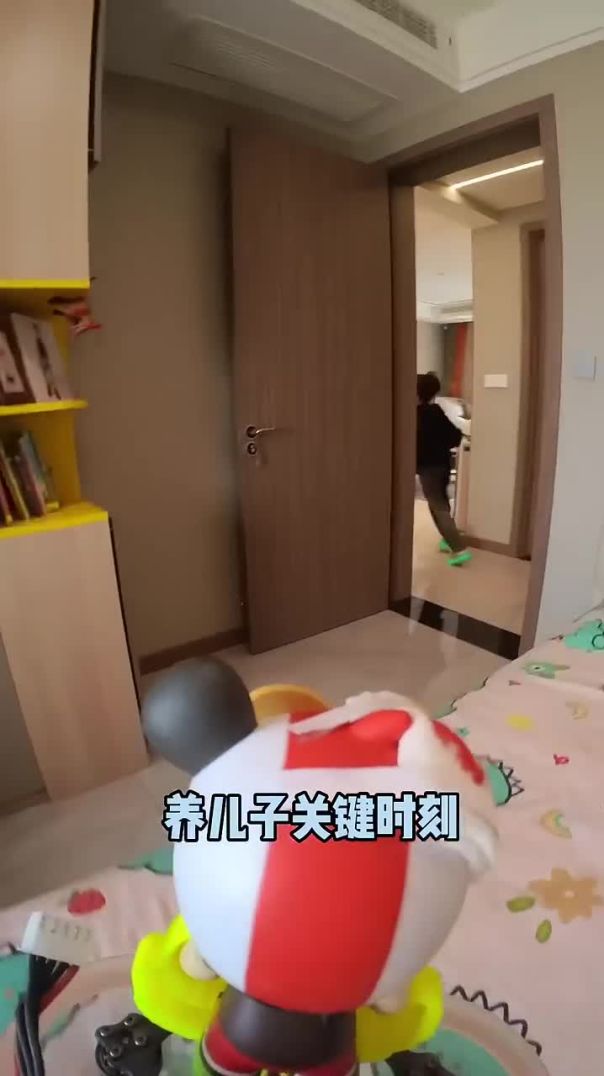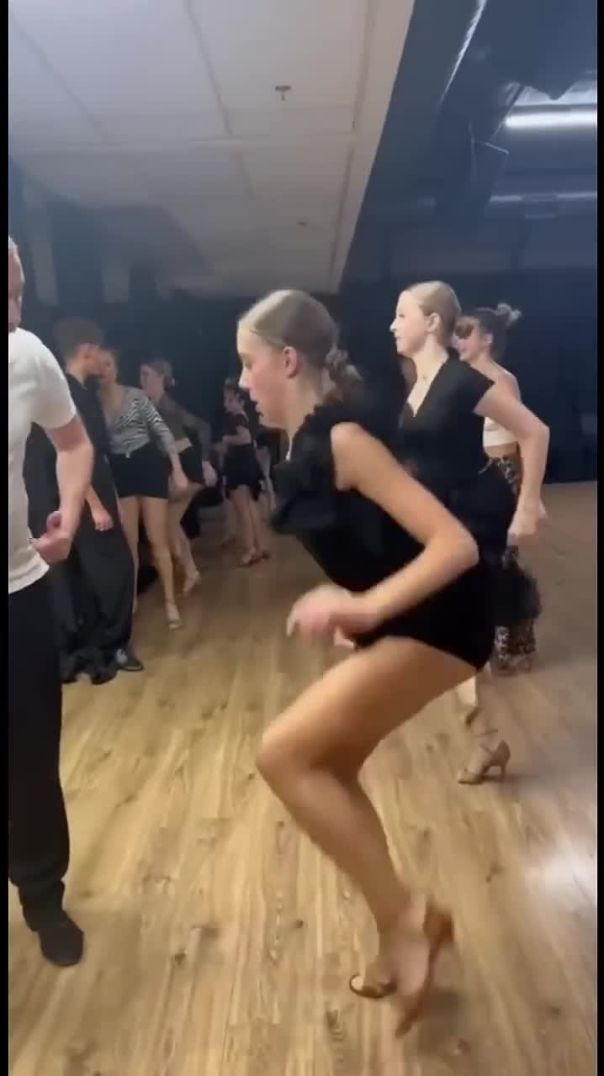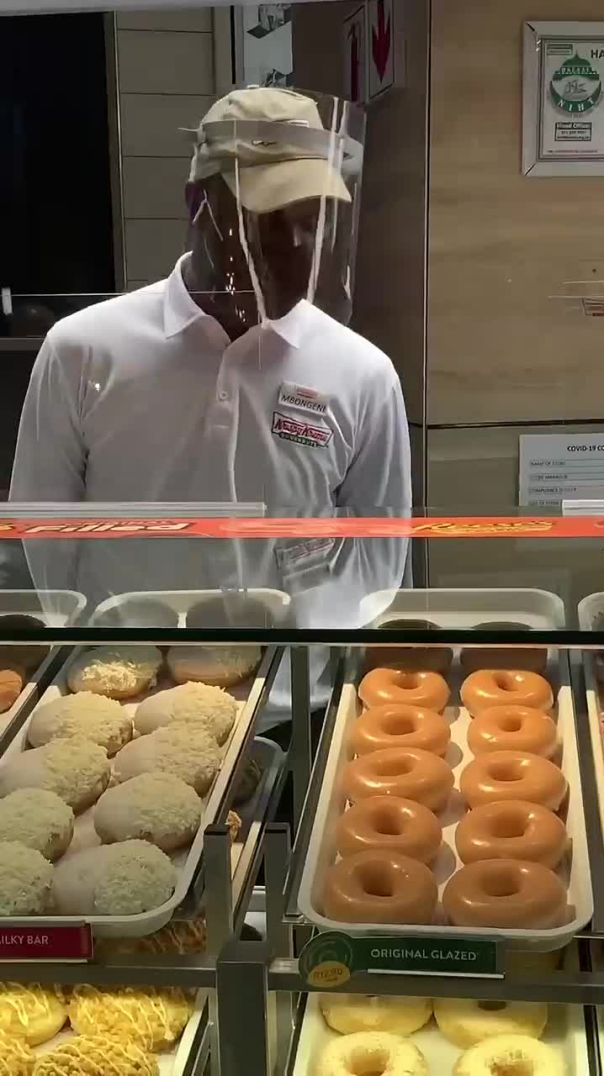45 Views· 15 November 2022
Walking in Rio de Janeiro: Flamengo: Senador Vergueiro Street | Brazil |【4K】2020 | Binaural
Flamengo is a neighborhood in the south of the municipality of Rio de Janeiro, in the state of Rio de Janeiro, Brazil. Its main reference is Praia do Flamengo. Its limits are the neighborhoods of Botafogo, Laranjeiras, Catete and Glória. It is, eminently, residential of middle class and upper middle class. Avenida Rui Barbosa, in the neighborhood, was once one of the noblest addresses in the city of Rio de Janeiro, but with the development of neighborhoods like Copacabana, Ipanema and Leblon in the 20th century, the neighborhood has lost some of its status.
Its main streets are: Senador Vergueiro, Paissandu, Marquês de Abrantes, Flamengo Beach and Avenida Infante Dom Henrique. Flamengo Beach, São Salvador Square, Oi Futuro Cultural Center, Arte Sesc Cultural Center, Julieta de Serpa House of Art and Culture, Castelinho do Flamengo (which houses the Oduvaldo Viana Filho Cultural Center) and the Park Brigadeiro Eduardo Gomes are some points of interest that are located in the neighborhood and its surroundings.
Consulates of Japan, Mexico, Peru, the United Kingdom, Chile, Bolivia and Iceland are located in the neighborhood.
According to the most widespread version, the name Flamengo, which also originated the name of Clube de Regatas do Flamengo, one of the largest football clubs in Brazil, is a reference to the Dutch navigator Olivier van Noort, who tried to invade the city in the 16th century. from Flamengo Beach. Dutch people were historically referred to as Flemish, as they came from Flanders.
In addition to this, there are other possible origins for the name Flamengo, which the historian Brasil Gérson alludes to in his work History of the Streets of Rio. One of them refers to the time of the Dutch invasions of Brazil. The name would have its origin in the denomination of prisoners also known as Flemish, who lived in the region during the 17th century, brought from Pernambuco and transferred to the region.
The second is related to the presence of many flamingos brought to Brazil from regions bathed by the Mediterranean. There would be so many that a German officer from the foreign battalions of the First Kingdom, Carl Schlichthorst, wrote, in his memoir "Rio de Janeiro as it is, once and never again":
"... and flamingos fly by with the splendor of their bright colors and variegated butterflies of a size never seen before ..."
A third possible origin is that the neighborhood, previously known by several other names, such as Aguada dos Marinheiros, was renamed Flamengo because of Portuguese owners of local lots from the Portuguese parish of Flamengos, located in the municipality of Horta, on Ilha do Faial, Autonomous Region of the Azores. It is also possible that such owners were devoted to N. Sra. Da Luz from the Flemish Valley.
SUBSCRIBE!
See on Google Maps: https://goo.gl/maps/TCHKZGQmVA65ehxt7
BE A MEMBER OF THE CHANNEL
https://www.youtube.com/channe....l/UCdgYcJTlbq3s798MP
SOCIAL MEDIA
📸 Instagram 👉 https://www.instagram.com/vortc.channel/
CHECK OUT ALL OUR VIDEOS:
WALKING TOUR VIDEOS:
Playlist link ➡ https://bit.ly/35YPTDf
Dec 14th, 2020



























0 Comments